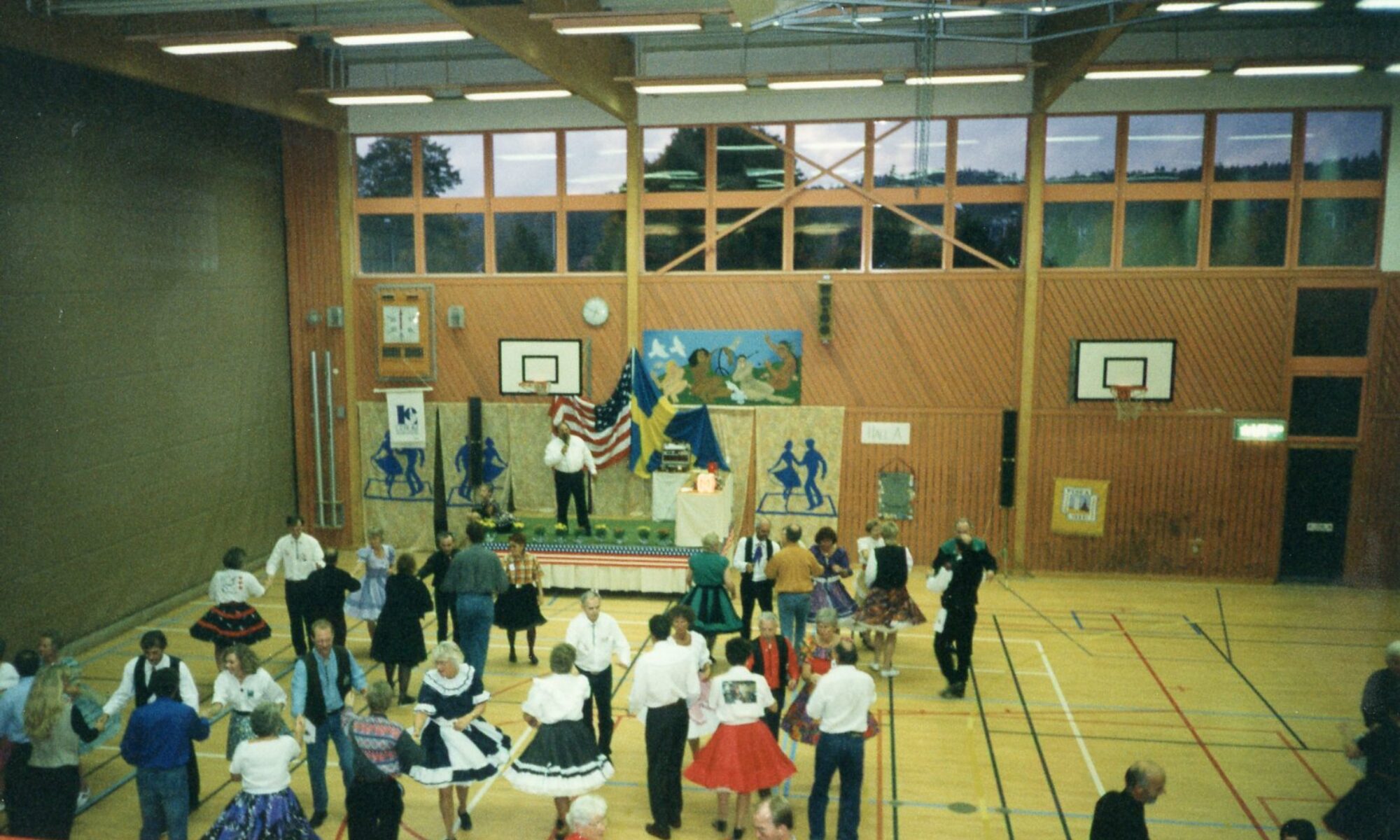Show this history
Display All sharing options for: The dating algorithmic rule that gives you simply one complement
Siena Streiber, an English important at Stanford institution, amn’t looking a partner. But waiting at the cafe, she experience worried nonetheless. “I remember imagining, at the very least we’re conference for coffee-and certainly not some nice meal,” she said. Just what received began as a tale — a campus-wide test that offered to share with the which Stanford classmate she should get married — got swiftly turned into a thing most. Presently there is a man or woman sitting yourself down across from them, and she thought both thrilled and anxious.
The quiz that had brought all of them along am a part of a multi-year learn known as wedding Pact, developed by two Stanford students. Making use of financial principle and cutting-edge computer technology, the Marriage Pact was designed to complement customers up in stable collaborations.
As Streiber along with her go steady chatted, “It grew to be immediately clear to me the reason we had been a 100 percent complement,” she said. These people learned they’d both grown-up in L. A., had went to close by high institutes, and ultimately would like to function in enjoyment. They even had the same spontaneity.
“It was the thrilling excitment winning combined with a stranger nevertheless potential for failing to get paired with a stranger,” she mused. “i did son’t must clean me anyway.” coffee drinks changed into lunch break, in addition to the pair made a decision to ignore their mid-day classes to hold away. They nearly seemed too-good to be real.
In 2000, psychiatrists Sheena Iyengar and Mark Lepper composed a document to the paradox of preference — the style that getting too many options may cause purchase paralysis. Seventeen age afterwards, two Stanford friends, Sophia Sterling-Angus and Liam McGregor, found on a comparable strategy while getting an economics type on marketplace design. They’d viewed exactly how daunting choices impacted her friends’ admiration homes and believed several they generated “worse results.”
“Tinder’s large creativity got they extracted getting rejected, nonetheless they presented large search expenses,” McGregor revealed. “People improve their bar because there’s this man-made opinion of endless possibilities.”
Sterling-Angus, who had been an economics biggest, and McGregor, which analyzed pc science, had a concept: suppose, instead of showing those with an unlimited array of attractive photos, they radically shrank the a relationship swimming pool? Suppose these people presented consumers one complement considering basic worth, versus most fits considering needs (that can change) or bodily fascination (may fade)?
“There are lots of trivial points that people differentiate in temporary dating that kind of jobs against their particular search for ‘the one,’” McGregor stated. “As a person turn that switch and check out five-month, five-year, or five-decade dating, what counts really, really adjustment. If you are shelling out fifty years with someone, In my opinion obtain past her elevation.”
The pair quickly came to the realization that marketing long-lasting partnership to individuals wouldn’t work. So that they targeted alternatively on complimentary people who have her best “backup program” — anyone they may get married down the line if they didn’t suit other people.
Remember the contacts event where Rachel make Ross promise their whenever neither of them are actually attached once they’re 40, they’ll settle and wed friends? That’s what McGregor and Sterling-Angus happened to be after — sort of intimate back-up that prioritized consistency over original attraction. And even though “marriage pacts” have in all probability for ages been informally invoked, they’d not ever been provided https://datingmentor.org/escort/salt-lake-city/ with an algorithm.
Exactly what moving as Sterling-Angus and McGregor’s small lessons cast easily got a viral experience on university. They’ve managed the test couple of years consecutively, and just last year, 7,600 kids took part: 4,600 at Stanford, or perhaps just over half the undergrad inhabitants, and 3,000 at Oxford, that your makers elected as the second location because Sterling-Angus have examined out of the country truth be told there.
“There comprise movies on Snapchat of people freaking call at the company’s freshman dorms, merely shouting,” Sterling-Angus believed. “Oh, your goodness, individuals were running-down the venues searching for their particular games,” put in McGregor.
Next year the analysis will be in its next seasons, and McGregor and Sterling-Angus tentatively plan to introduce they at more education contains Dartmouth, Princeton, while the University of Southern California. However’s confusing if the undertaking can measure beyond the bubble of top level institution campuses, or if the algorithmic rule, these days functioning among university students, provides the magic the answer to a reliable wedding.
